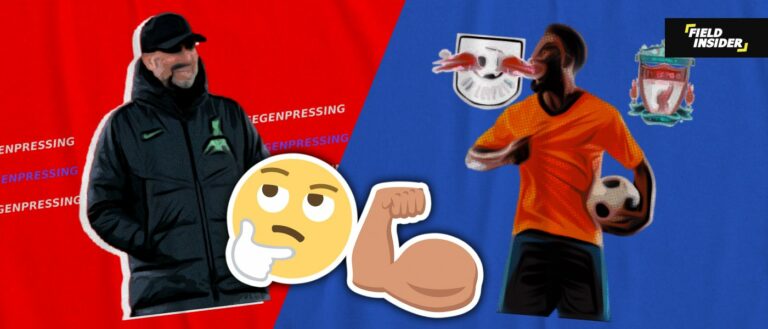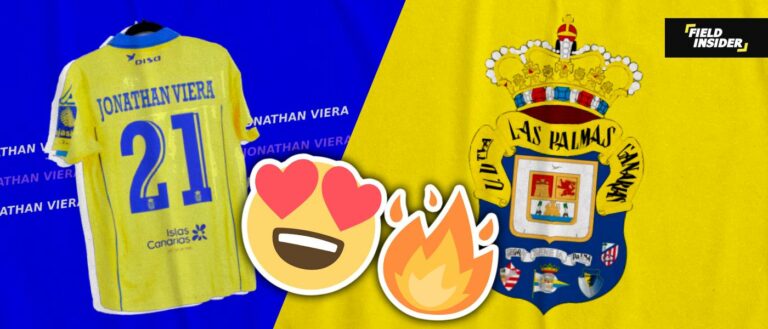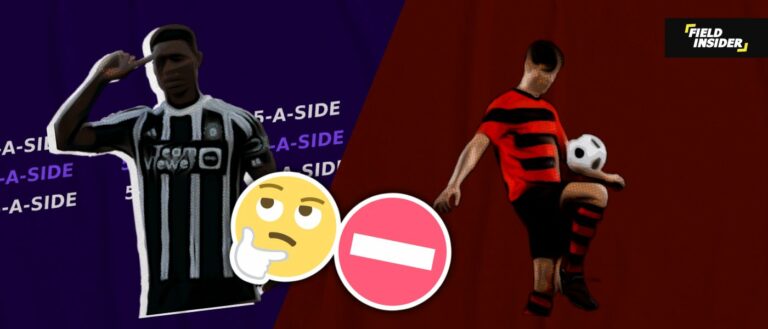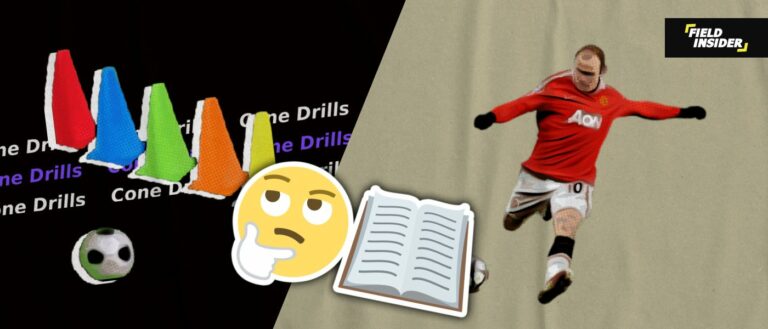The 3-3-4 Formation: Complete Handbook
Soccer formations are the backbone of any team’s strategy, dictating how players move, defend, and attack during a game. The 3-3-4 formation, although less conventional than others, offers unique advantages and challenges.
This article serves as a comprehensive guide to understanding, analyzing, and implementing the 3-3-4 soccer formation, a blueprint for teams looking to outsmart their opponents.
Key Takeaways
| Aspect | Details |
|---|---|
| Formation Basics | Utilizes three defenders, three midfielders, and four forwards, emphasizing offensive strategies while maintaining defensive discipline. |
| Player Roles | Defenders must ensure speed and vigilance. Midfielders bridge defense and attack, requiring versatility. Forwards focus on exploiting spaces and creating scoring opportunities. |
| Tactical Flexibility | Offers high offensive capabilities with inherent defensive risks, demanding adaptability and disciplined execution from the team. |
| Implementation | Success hinges on targeted training drills and selecting players with attributes that align with the formation’s demands. Flexibility and tactical adjustments are crucial for adapting to game situations. |
| Advantages | High scoring potential and enhanced midfield control, suitable for dominating possession and applying continuous offensive pressure. |
| Disadvantages | Vulnerability to counter-attacks and requires players to have high stamina and discipline to maintain formation effectiveness and structural integrity. |
| Real-World Examples | Studying professional teams and historical matches can provide actionable insights into the formation’s application and adjustments. |
Understanding the Basics of the 3-3-4 Formation
The 3-3-4 soccer formation is an unconventional yet increasingly popular strategy that reshapes traditional soccer tactics, promoting aggressive attacking maneuvers while also demanding a disciplined defensive approach from the team.
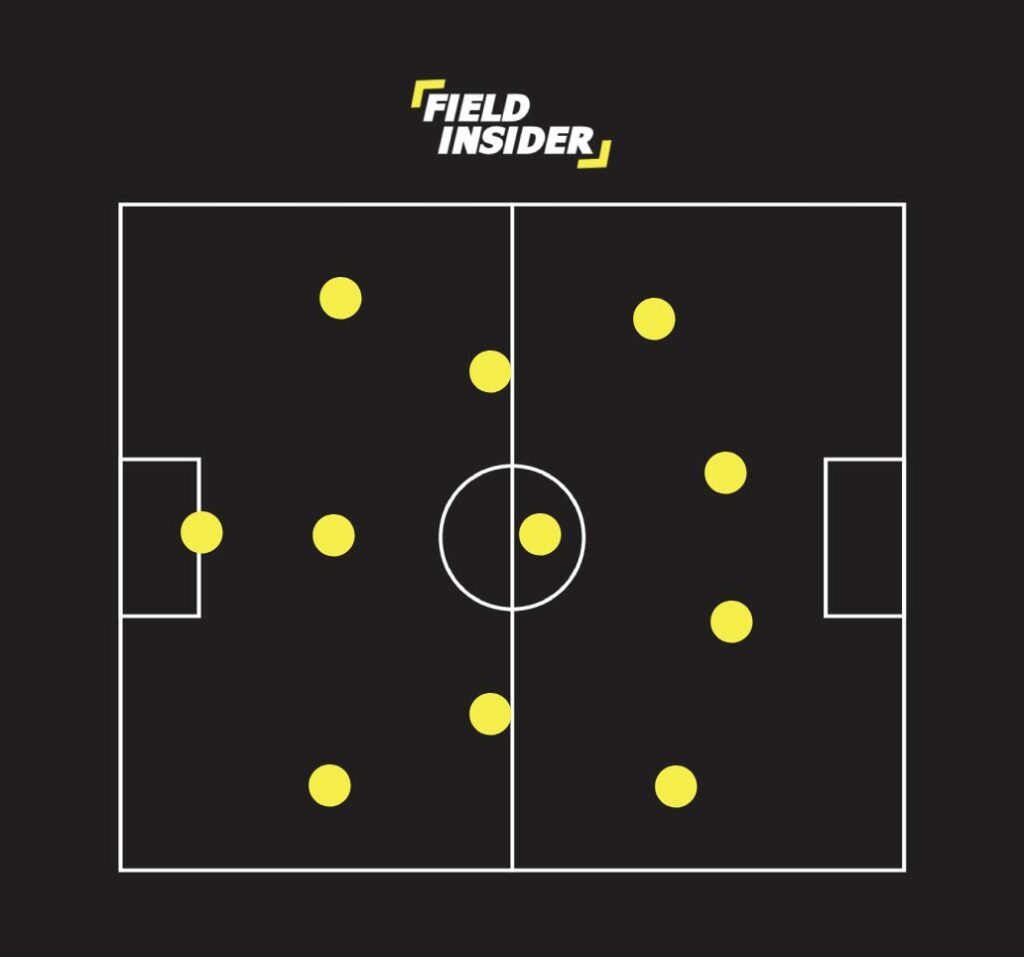
Player Distribution and Responsibilities
In the 3-3-4 formation, player allocation is designed to maximize offensive opportunities. The setup includes three defenders whose main task is to maintain the team’s defensive solidity.
Midfielders, numbering three, are pivotal in bridging the gap between defense and attack, requiring them to be highly versatile and stamina-rich. The formation’s distinctive feature is its four forwards, aimed at overwhelming the opponent’s defense and creating numerous scoring opportunities.
Offensive Strategy and Dynamics
The offensive thrust of the 3-3-4 formation lies in its ability to apply constant pressure on the opposition’s defensive line. By deploying four forwards, the formation naturally inclines towards a high-possession, aggressive attacking strategy.
This requires forwards to be adept at exploiting spaces and creating scoring opportunities, while midfielders are expected to provide constant support, delivering precise passes and contributing to the team’s overall attacking momentum.
Defensive Stability and Countermeasures
Despite its offensive prowess, the 3-3-4 formation poses significant challenges in terms of defensive stability. With only three defenders, the team is more susceptible to counter-attacks and must employ a disciplined defensive strategy to mitigate risks.
This involves a high-pressing game from the forwards and midfielders, aimed at recovering possession as high up the pitch as possible. Additionally, the defenders must excel in one-on-one situations and possess the ability to quickly transition from defense to attack.
Roles and Responsibilities
The 3-3-4 formation delineates clear and distinct roles for each player, setting the stage for a dynamic and high-energy match. Understanding and executing these roles are pivotal for the formation’s success.

Defenders: Speed and Vigilance
In the 3-3-4 setup, the trio of defenders is tasked with maintaining the team’s defensive integrity. These players must possess exceptional speed to counteract breakaways and exhibit constant vigilance to thwart incoming attacks.
The central defender anchors the defense, while the wing-backs must balance their offensive surges with defensive duties. Their role is crucial in preventing the team from being overrun during opposition counter-attacks.
Midfielders: The Tactical Bridge
Midfielders in the 3-3-4 formation act as the vital link between defense and attack. They are required to exhibit unparalleled versatility, transitioning swiftly between supporting the forwards in attack and aiding the defenders in repelling opposition advances.
This dual role necessitates not only physical stamina but also a high tactical understanding of the game, making midfielders indispensable to the formation’s structure.
Forwards: Exploiting Spaces and Creating Opportunities
The four forwards are the hallmark of the 3-3-4 formation, positioned to apply constant pressure and exploit gaps in the opposition’s defense. Their primary objective is to maximize goal-scoring opportunities, requiring them to be agile, quick-thinking, and cooperative.
This aggressive approach aims to keep the opposition’s defense under relentless pressure, creating the space and chances necessary for scoring. For a deeper dive into the functions and strategies of different positions, check our analysis on attacking football positions.
Tactical Flexibility of the 3-3-4 Formation
The 3-3-4 formation offers a canvas for tactical creativity but demands adaptability from the team to exploit its full potential while mitigating inherent risks.

High Offensive Potential
The formation is designed for high-scoring strategies, leveraging four forwards to press the attack and create multiple scoring opportunities.
This aggressive approach can overwhelm opponents but requires players to maintain intense physical and mental focus throughout the game. The key is to exploit the offensive setup without compromising team balance.
Defensive Risks and Countermeasures
The major challenge of the 3-3-4 lies in its defensive vulnerabilities, especially against quick counter-attacks. Teams must implement a disciplined defensive strategy, often involving high pressing from the forwards and midfielders to recover the ball early.
This requires a well-coordinated effort and a deep understanding of positional play to ensure that the team is not left exposed at the back.
Adapting to Game Dynamics
Flexibility within the 3-3-4 setup is crucial, allowing for in-game adjustments based on the match’s flow and the opponent’s tactics. This could mean temporarily shifting to a more conservative formation during defensive phases or exploiting specific weaknesses in the opponent’s setup.
Understanding and implementing these adjustments can be the difference between winning and losing. To explore strategies for maintaining balance and adapting tactics mid-game, refer to our insights on football formations against a stronger team.
Insights from Research : Ball Possession Across Formations
The chart is derived from a comprehensive study named Center backs work hardest when playing in a back three: The influence of tactical formation on physical and technical match performance in professional soccer, focusing on the median ball-possession phases across different soccer formations.

The chart distinctly showcases the comparison between the traditional 4-4-2 setup and the more modern 3-4-3 and 3-5-2 formations. The findings reveal that formations employing three defenders, like the 3-4-3 and 3-5-2, generally result in higher ball-possession phases than the 4-4-2.
This pattern underscores a trend towards greater game control in three-back formations. Considering this, the 3-3-4 formation, similar in its attacking nature to the 3-4-3 and 3-5-2, could potentially offer similar advantages in ball possession and control, as indicated by the XDAFS study findings.
Implementing the 3-3-4 Formation in Practice
Proper implementation of the 3-3-4 formation is crucial for leveraging its benefits while managing its risks. This involves tailored training and understanding player attributes.
Training Drills and Exercises
Effective training is foundational for the 3-3-4 formation to thrive. Drills should focus on enhancing players’ quick passing, spatial awareness, and transition speed. Emphasis should be placed on developing the stamina and versatility of midfielders, as well as the defensive awareness of forwards.
| Drill Type | Focus Area |
|---|---|
| High-Intensity Pressing | Forward pressing |
| Quick Transition Practice | Defense to attack |
| Spatial Awareness Games | Midfield dynamics |
| Endurance Running | Stamina building |
Player Attributes Suited for the Formation
Selecting the right players for the 3-3-4 formation is vital. Defenders need to be fast and strong in one-on-one situations. Midfielders should exhibit exceptional endurance and tactical intelligence.
Forwards must be versatile, capable of exploiting spaces and creating chances. Each player’s attributes should align with the formation’s demands to maximize team performance and effectiveness.
Flexibility and Adaptations
A successful 3-3-4 strategy requires the ability to adapt to different game situations. This might involve altering the formation in response to the game’s flow or opponent strategies.
Flexibility within the formation allows for adjustments without losing the essence of the team’s tactical approach. Coaches must prepare their teams for various scenarios, ensuring that players can transition smoothly between different tactical setups.
Advantages and Disadvantages of the 3-3-4 Formation
Understanding the strengths and weaknesses of the 3-3-4 formation helps in maximizing its potential while preparing for its inherent risks.
High Scoring Potential
The 3-3-4 formation is renowned for its attacking prowess, providing teams with a significant presence upfront and creating numerous goal-scoring opportunities.
By employing four forwards, the formation naturally facilitates aggressive play and pressures the opponent’s defense, leading to higher chances of scoring. This setup is particularly effective against teams that struggle under pressure or have weak defensive lines.
Enhanced Midfield Control
With three dedicated midfielders, the formation allows for substantial control over the midfield area, essential for dictating the game’s pace and rhythm.
These midfielders act as the pivotal link between defense and attack, facilitating ball movement and supporting both ends of the pitch. This balance can lead to dominance in possession and territorial advantage.
Vulnerability to Counter-Attacks

The most significant drawback of the 3-3-4 formation is its susceptibility to counter-attacks. With only three defenders, teams can find themselves exposed if the midfield loses the ball or if the team fails to transition quickly from attack to defense.
This vulnerability requires defenders to be exceptionally fast and adept at one-on-one situations.
Requires High Stamina and Discipline
Implementing the 3-3-4 formation successfully demands high levels of stamina and discipline from all players. The extensive offensive and defensive duties, especially for midfielders and wing-backs, require players to maintain high energy levels throughout the match.
Additionally, the formation necessitates strict adherence to tactical instructions to prevent gaps and maintain structural integrity.
Case Studies and Examples
The 3-3-4 formation, while less common in modern professional soccer, has seen variations and adaptations throughout the history of the game. Some of the real life examples are as follows;
Netherlands Total Football (1970s)
The Dutch national team in the 1970s, under coach Rinus Michels, implemented the Total Football system, which shares some principles with the 3-3-4.
While not a strict 3-3-4, this approach saw players constantly switching positions, creating a fluid formation that often resembled a 3-3-4 with its attacking mentality and high defensive line.
Hungary’s Golden Team (1950s)
The Hungarian national team of the 1950s, also known as the Mighty Magyars, used a formation that could be considered a precursor to the modern 3-3-4.
They employed a deep-lying center-forward and wingers who would drop back or push forward as needed, creating a dynamic attacking front that overwhelmed opponents while maintaining defensive solidity.
Brazil’s 1982 World Cup Team
Brazil’s 1982 World Cup squad, managed by Telê Santana, is remembered for its creative and offensive play.
Although typically described as playing in a 4-2-2-2 or a 4-3-3, the team’s fluid style and offensive emphasis often saw them pushing forward in a manner reminiscent of the 3-3-4, especially during attacking phases.
Conclusion
In conclusion, the 3-3-4 soccer formation stands out for its aggressive attacking potential providing teams with the tools for high-scoring games. However, it requires careful consideration of its defensive vulnerabilities and demands high levels of stamina and discipline from the players.
By studying real-world examples and implementing targeted training, teams can harness the formation’s strengths while mitigating its risks for successful outcomes on the pitch.



